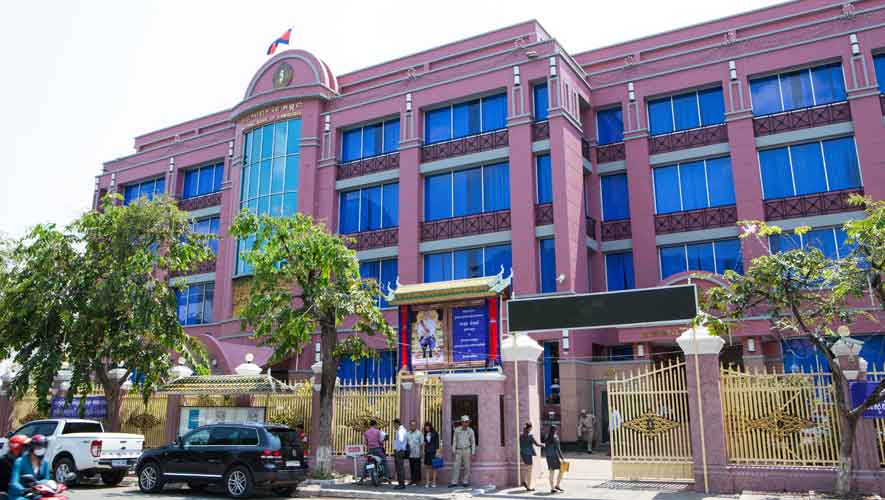The mechanism for cross-border trade settlement with the Cambodian riel within Asean countries and China is in place, says the National Bank of Cambodia in urging traders and investors to take advantage of it.
For the latest Cambodian Business news, visit Khmer Times Business
Central bank director-general Chea Serey says more countries are using their respective currencies for trade transactions while reducing intermediary currencies such as the US dollar or euro.
“If Thailand trades with China, the latter would want to be paid in yuan and Thais would prefer the baht. So, they are not using any intermediary currencies, which are either subject to exchange rate risks, making it costly for investors, or they (the countries) realise that the US dollar or euros might not be stable. It is also a factor that countries cannot control,” she says in an interview with Capital Cambodia.
The move towards cross border trade settlement in Khmer riel is not new to Cambodia. As part of the Asean initiative, it allows member countries to settle trade transactions in the local currency.
“The objective is to use local currencies more often in cross-border transactions to increase acceptance of the riel regionally,” she says.
With this initiative, Cambodia is trying to work with neighbouring countries like Vietnam as both countries have a lot of trade, apart from Thailand and China.
Currently, there are mechanisms in place between the countries involved, and it is up to the private sector to take part in the initiative.
“The central bank cannot force the private sector to transact in local currencies if they do not want to. However, we will keep educating them, and the investors. We hope they will understand its benefit in the long run,” Serey says.
She adds that Cambodia depends on five currencies – the US dollar, euro, yen, pound sterling and yuan. The US dollar is the dominating currency in the Cambodian economy, so if there are any issues with this currency, Cambodia can expect to suffer the consequences.
“Therefore, we have to diversify the usage of the greenback. We are also encouraging Chinese and Cambodian companies to trade in yuan and riel so as to avoid risks associated with currency exchanges,” Serey says.
Last month, the NBC and Bank of Thailand signed a memorandum of understanding to cooperate in a quick response code payment system that uses the riel and baht.
In the meantime, NBC allows certain banks and financial institutions to operate in yuan.
The Bank of China (BOC), and the Industrial and Commercial Bank of China (ICBC) are allowed to conduct operations in yuan and can act as clearing facilities.
Thirteen other commercial banks are allowed to transact in yuan, enabling importers of Chinese products to secure loans while allowing people who pay in yuan to open bank accounts with local institutions.
Sok Chan
Business Writer, Capital Cambodia




